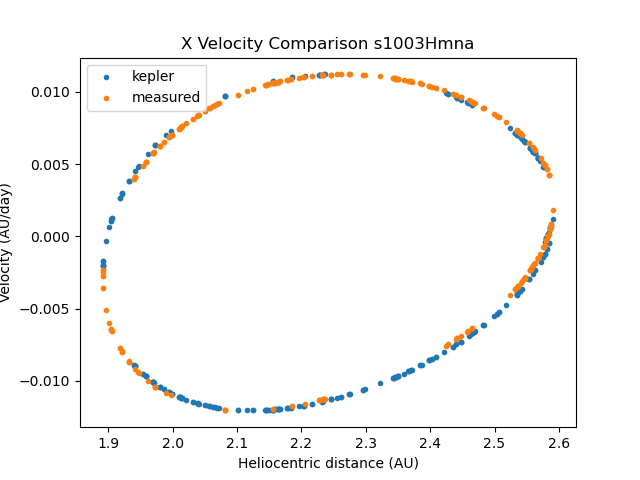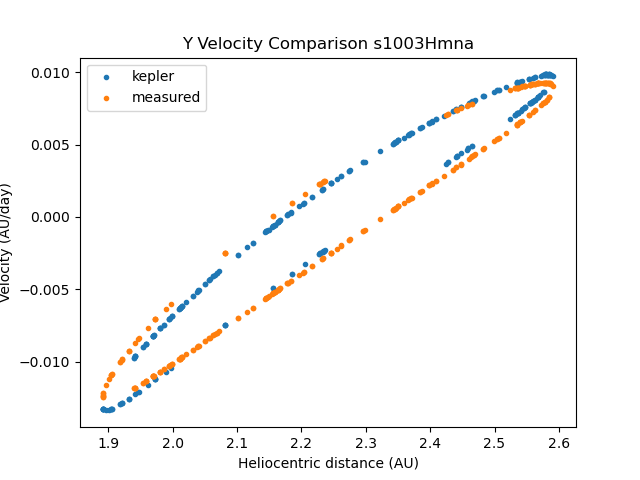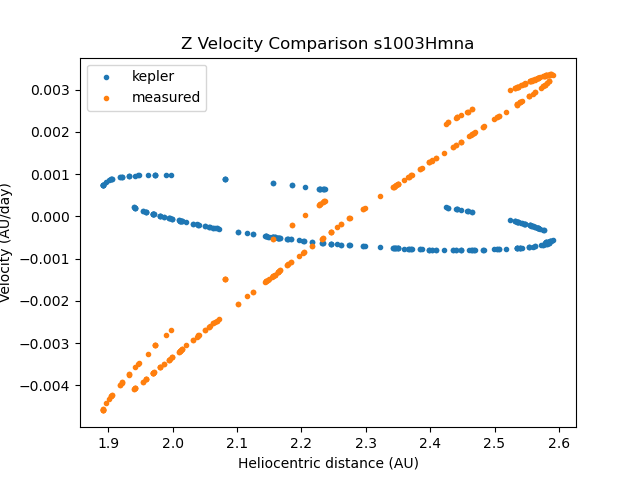Hi all, hope this message finds you well! I am new to the Rubin community forum, hope I am posting this in the right place – if not, please let me know, and I’d be happy to re-post somewhere else ![]()
I am a master’s student at Marshall University working on Solar System anomaly detection / SETI research with Rubin for my thesis, using the DP03 dataset. The TL;DR version of my question is: where could I find out how the heliocentric coordinates are defined in the DP0.3 Solar System simulation? (e.g. for heliocentricVX, heliocentricVY, etc., from the SSSource Table). I am just curious how the x,y,z axes are defined relative to the other orbital elements in the simulation, if that makes sense. I hadn’t come across a definition like this in the Data Product Definition Document or elsewhere so thought I would ask – apologies if I have overlooked this in the documentation somewhere!
Here is the longer version: Currently, I am working on comparing the predicted (Keplerian) velocities of objects in the simulation (calculated using Kepler’s equations and the orbital elements from the simulation) with the “measured” heliocentric velocities (i.e., heliocentricVX, heliocentricVY, etc.), in an attempt to detect objects that display non-gravitational acceleration. Through my calculations (which I have performed using poliastro and independently verified with code that I wrote to perform the same function), I have found that the heliocentricVX and heliocentricVY velocities agree well with the Keplerian predictions for a few example objects, but there are large discrepancies between heliocentricVZ and the predicted Keplerian Z velocities. I am wondering if the coordinate system definition that I am using is different from that used in DP03, and if so, if that could be causing the discrepancies I am seeing. I have attached some sample plots at the bottom of the post for reference.
If there is anything about the above explanation that I can clarify or provide further information about, please let me know and I would be happy to do so! Thank you so much for your time and consideration!


